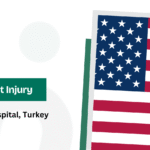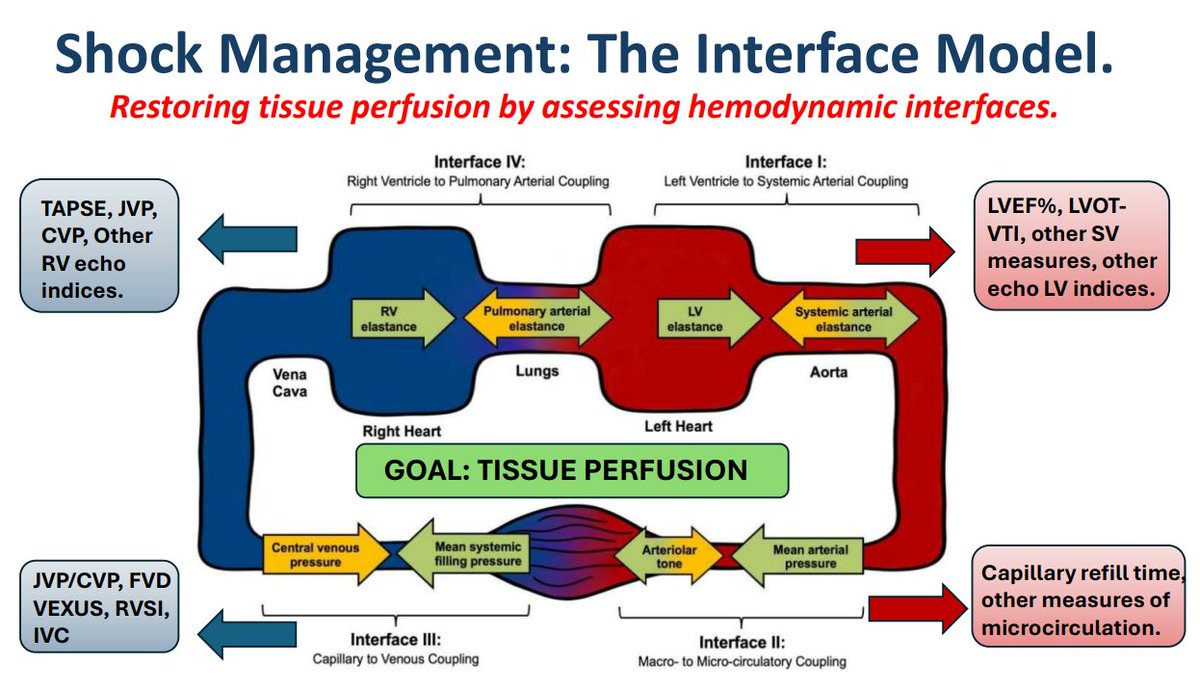What was it?
A multicenter, pragmatic, cluster-randomized, crossover trial evaluating hospital-wide use of lactated Ringer’s solution versus normal saline for intravenous fluid therapy in adult inpatients across multiple Canadian hospitals. Conducted by the Canadian Critical Care Trials Group, the trial aimed to compare the safety and efficacy of these fluids in a real-world setting.
The Devil in the Details!
- Participants: 43,626 patients across 7 Canadian hospitals, including medical, surgical, and ICU wards.
- Design: Cluster-randomized, crossover design with two 12-week periods; hospitals alternated between lactated Ringer’s (LR) and normal saline (NS) as the primary IV fluid.
- Primary outcome: composite of death or readmission to the hospital within 90 days after the index admission.
- Secondary outcomes: individual components of the primary outcome, as well as the length of stay in the hospital, initiation of dialysis within 90 days after the index admission, a visit to the emergency department within 90 days, and discharge to a facility other than home.
- Exclusion criteria: Patients with specific contraindications to either fluid (e.g., hyperkalemia for LR, severe hyponatremia for NS).
The Results!
- Primary outcome: composite of death or readmission to the hospital within 90 days after the index admission was 20.3±3.5% with lactated Ringer’s solution and 21.4±3.3% with normal saline (adjusted difference, −0.53 percentage points; 95% confidence interval, −1.85 to 0.79; P=0.35).
- Secondary outcomes: Results for all secondary outcomes were consistent with those for the primary outcome.
- Safety: No significant increase in adverse events like hyperkalemia with LR, though rare cases were noted.
- Cost: LR slightly more expensive but not statistically significant.
They concluded
The authors concluded that hospital-wide use of lactated Ringer’s solution, compared to normal saline, did not reduce major adverse kidney events or improve other clinical outcomes, but NS was associated with more electrolyte abnormalities.
Gripe Point Summary!
Detailed gripes below
The trial provides robust real-world evidence, but:
- Cluster-randomized design introduces potential confounding from hospital-level differences.
- Pragmatic design limits control over fluid administration protocols.
- Short crossover periods (12 weeks) may miss long-term effects.
- MAKE-90 composite outcome may mask differences in individual components (e.g., death vs. renal dysfunction).
- Limited generalizability to non-Canadian settings with different patient populations or fluid practices.
- No detailed data on fluid volume or specific indications for use.
- Exclusion of high-risk patients (e.g., severe hyperkalemia) narrows applicability.
- Cost-effectiveness analysis underpowered and inconclusive.
Our Summary
In a large, multicenter, pragmatic trial, lactated Ringer’s solution showed no significant advantage over normal saline for preventing major adverse kidney events or improving clinical outcomes in hospitalized adults. NS was linked to more electrolyte imbalances, particularly hyperchloremia. While the study supports the safety of both fluids, it leaves open questions about optimal fluid choice in specific clinical contexts. Larger trials with more granular data are needed to refine recommendations.
Who’s worked on this before?
Further gripes
- Cluster design limitations: Hospital-level differences (e.g., patient mix, protocols) may confound results, despite crossover design.
- Pragmatic design trade-offs: Lack of strict control over fluid volume, rate, or indication reduces ability to detect nuanced differences.
- Short crossover periods: 12 weeks may not capture seasonal variations or long-term renal outcomes.
- Composite outcome issues: MAKE-90 combines death, dialysis, and renal dysfunction, potentially diluting specific effects (e.g., NS may worsen acidosis but not mortality).
- Electrolyte monitoring: While NS caused more hyperchloremia, clinical significance of this finding is unclear without long-term follow-up.
- Exclusion criteria: Excluding patients with severe electrolyte imbalances limits applicability to complex cases often seen in practice.
- Fluid volume data: No detailed reporting on total fluid administered or specific clinical contexts (e.g., resuscitation vs. maintenance).
- Cost analysis: Underpowered to detect meaningful differences, leaving cost-effectiveness unresolved.
- Generalizability: Canadian hospitals may differ in patient demographics or fluid practices compared to other regions.
- No subgroup analysis: Limited data on specific populations (e.g., surgical vs. medical, ICU vs. ward) where fluid choice might matter more.
CCN’s Reflection
This well-designed, large-scale trial offers valuable real-world evidence that lactated Ringer’s and normal saline are largely equivalent for hospital-wide use, with NS causing more electrolyte disturbances. Its pragmatic approach mirrors clinical practice, but the cluster design and composite outcome muddy the waters. The lack of clear superiority for LR challenges prior studies favoring balanced crystalloids, suggesting context matters. For now, both fluids seem safe, but don’t expect a one-size-fits-all answer—more targeted trials are needed to guide fluid therapy in specific scenarios. Stay tuned for the next chapter in the crystalloid saga!
Written by JW










